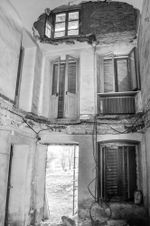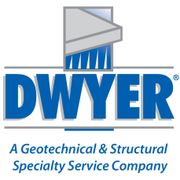3 Tips for Diagnosing an Underpinning Issue

Underpinning helps strengthen a building’s stability when its current foundation is unable to perform this function on its own. Frequently used to restore old buildings, underpinning prevents buildings from sinking, leaning, or settling. When underpinning fails, the task of diagnosing the issue involves careful consideration, as a wrong choice could result in the building’s collapse.
How do foundation repair experts diagnose underpinning issues, and what can you do to ensure the issue is resolved safely? Read on for a few tips in this tricky area:
-
 Don’t Rely on Visual Inspections: Underpinning is concealed underground, so you can’t rely on a regular house inspection to diagnose the issue. Instead, you should call an expert on underpinning and foundation repairs, as they have the skills to find and troubleshoot all potential areas of building movement.
Don’t Rely on Visual Inspections: Underpinning is concealed underground, so you can’t rely on a regular house inspection to diagnose the issue. Instead, you should call an expert on underpinning and foundation repairs, as they have the skills to find and troubleshoot all potential areas of building movement. -
Consider All Possible Causes: Structural issues can be caused by a multitude of factors, including material corrosion, plumbing leaks, temperature fluctuations, soil composition, and more. It is necessary to consider and test for all of these causes before underpinning intervention should be considered.
-
Don’t Choose the Lowest Bidder: With so much at stake, it makes sense that the safest way to ensure a proper underpinning diagnosis and repair is to select the most qualified contractor for the job, not the lowest bidder. This is often challenging in the case of historical preservation where funding is usually low, but it’s worth it to entrust such a challenging job with the most talented and reputable professionals.
Does your property have a problem related to its foundation or underpinning? Dwyer Company would be happy to provide you with a free, no-obligation estimate. Give them a call at (513) 777-0998 to reach their West Chester, OH , office, (859) 231-0998 for their Lexington, KY, office, or (502) 489-5438 to reach their Louisville, KY, office. More information about concrete repair service is available online.
About the Business
Have a question? Ask the experts!
Send your question

